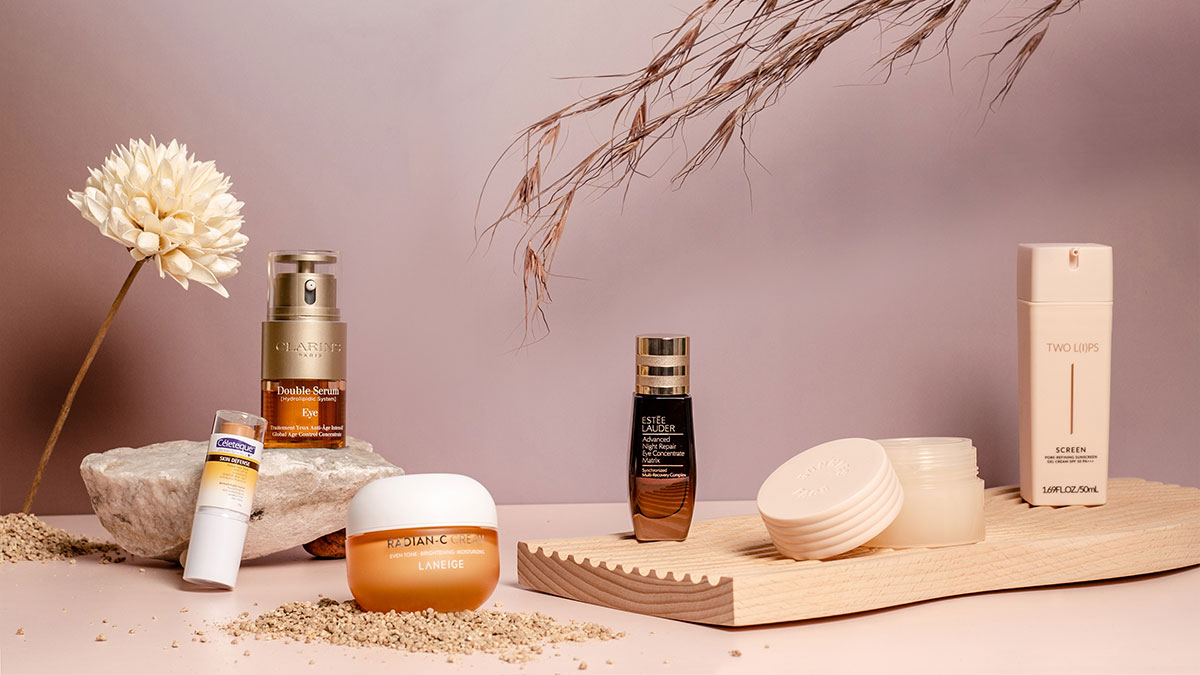
Although research suggests that children’s eating habits are formed even before they enter the classroom – children as young as two may already have dietary preferences based on their parents’ food choices – beauty and skincare products reviews education can play a vital role in helping establish lifelong healthy patterns early.
Research shows that health education has a positive impact on health behaviors as well as academic achievement, and that the most effective means of improving health literacy is ensuring that health education is included in curriculum at all levels of education.
U.S. schools educate 54 million students daily, and can provide not only an outlet to promote healthy behaviors for children and adolescents, but a place for them to engage in these behaviors, including eating healthy and participating in physical activity.
The U.S. is in great need of an improvement in health literacy. In a 2007 UNICEF study, our country ranked last out of 21 industrialized countries in overall child health and safety. Approximately one in five of our high school students are smokers, 80 percent of students do not eat the recommended five servings of vegetables and fruits per day, and more than 830,000 adolescents become pregnant each year. Approximately two thirds of the American population is estimated to be overweight or obese.
Furthermore, our understandings of health and health-related behaviors are often highly influenced by the media and media images – which can lead to inaccurate assumptions and negative health behaviors and attitudes.
Self-esteem patterns also develop in early childhood, although they fluctuate as kids gain new experiences and perceptions. Because media messages can influence unhealthy behaviors, especially in adolescents, a comprehensive health education program must include not only health knowledge, but media literacy as it relates to psychological and physical health behaviors as well.
“To a large degree, our images of how to be comes from the media. They are [a] crucial shaper of the young lives we are striving to direct,” writes resource teacher Neil Andersen, editor of Mediacy, the Association for Media Literacy newsletter.
Media awareness, Andersen explains, can help teach students techniques to counter marketing programs that prey on their insecurities to promote negative behavior, can explode stereotypes and misconceptions, can facilitate positive attitudes and can help students learn how to absorb and question media-conveyed information.
Because our perceptions of ourselves and others develop early, and because we live in such a media-inundated world, it is important that we address the conflicts inherent in media values versus our own values with our children and adolescents first, in a factual, positive, and coherent way.
A comprehensive (age-appropriate) health program would therefore teach about these various issues at different stages of development. Pre-adolescence and adolescence are especially pertinent stages in an individual’s growth for discovering themselves and their place in the world, and it is during this vital time that media literacy is absolutely key to an influential and positive health program. Issues must be addressed that affect positive health behavior and attitudes, especially in teen girls, including:
• Objectification of the body in media – Since the 1960s, sexualized images of men in the media have increased 55 percent, while sexualized images of women increased 89 percent, according to a University of Buffalo study. There are also 10 times more hypersexualized images of women than men and 11 times more non-sexualized images of men than of women.
We live in a pop-culture that not only promotes a hyper-skinny-is-best attitude, but also discourages average or healthy body ideals and individuals from feeling good about simply pursuing healthy dietary choices – they feel they must resort instead to drastic (and quick) weight loss measures that put unhealthy stress on the body.
For example, a study released in 2006 by the University of Minnesota showed that 20 percent of females had used diet pills by the time they were 20 years old. The researchers also found that 62.7 percent of teenage females used “unhealthy weight control behaviors,” including the use of diet pills, laxatives, vomiting or skipping meals. The rates for teenage boys were half that of girls.
“These numbers are startling, and they tell us we need to do a better job of helping our daughters feel better about themselves and avoid unhealthy weight control behaviors,” concluded Professor Dianne Neumark-Sztainer. Over the five-year period that the study was conducted, moreover, researchers found that high school-aged females’ use of diet pills nearly doubled from 7.5 percent to 14.2 percent.